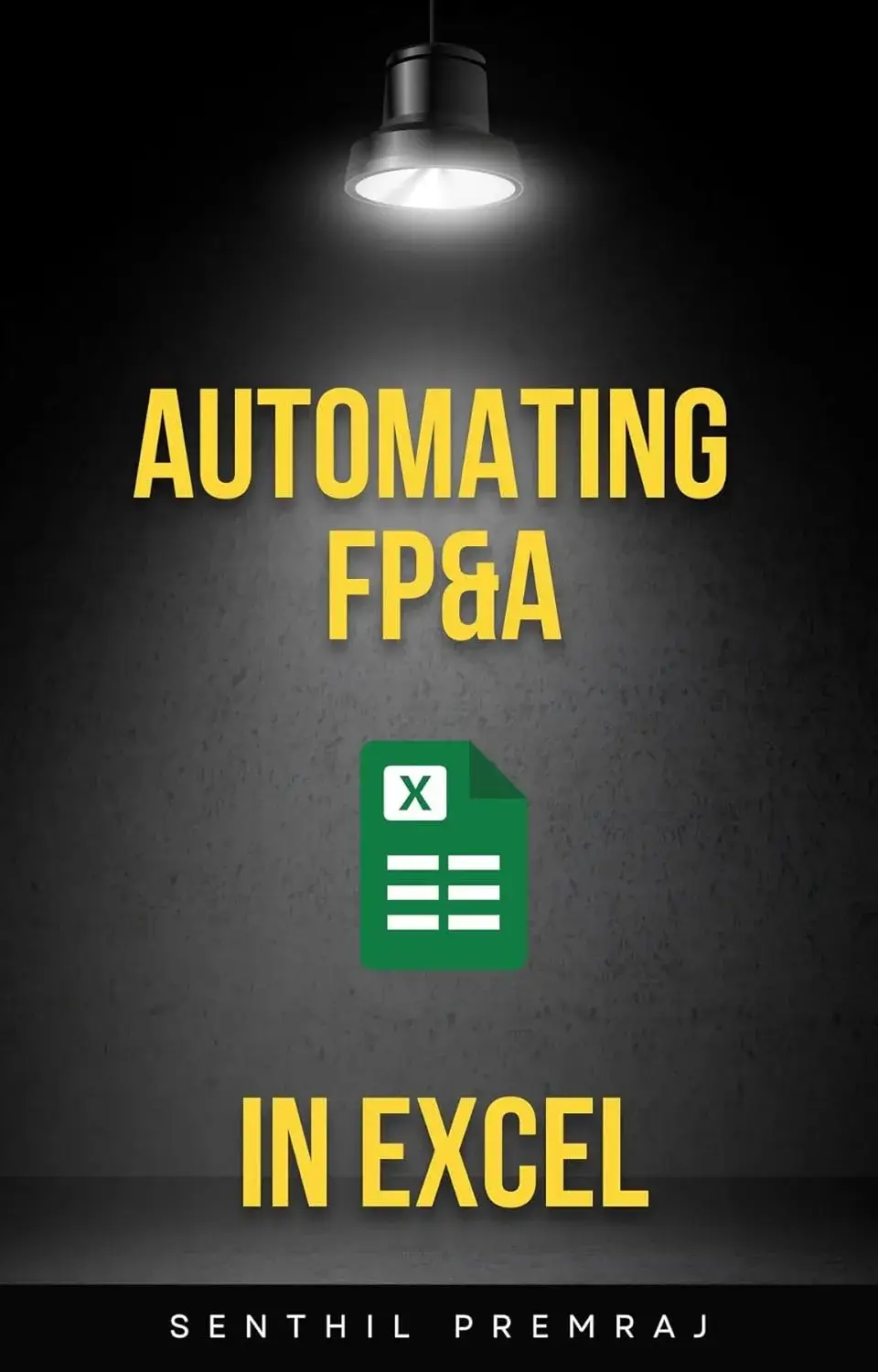When evaluating FP&A software, one of the biggest challenges for finance teams isn’t just comparing features — it’s understanding the true cost of ownership. Between vague pricing, hidden implementation fees, and internal resource needs, the total investment can be far more than just the monthly subscription.
Datarails is a well-known name in the Excel-native FP&A space, but it provides limited pricing transparency, and much of the operational burden falls on your own team. PivotXL, by contrast, takes a modern, transparent approach — with flat pricing, built-in support, and a custom scripting engine that gives teams full control over their logic and automation.
Let’s break down how the two compare on cost, capability, and business continuity.
💰 Datarails Pricing: What You Should Expect
Datarails doesn’t publish pricing on its website, but based on customer reports and industry data, here’s a general breakdown:
💼 Estimated Costs
- Base platform access: ~$25,000–$40,000/year for most mid-sized teams
- Implementation: $10,000–$30,000+ depending on complexity
- Add-ons: Forecasting, dashboard modules, or ERP integrations may carry additional fees
❗ Hidden Costs to Consider
- No scripting layer – Advanced logic must be manually built into Excel or outsourced
- Ongoing maintenance – Your team is responsible for all updates, reconciliations, and report changes
- Consultant reliance – Many users depend on third-party partners or internal Excel experts to manage it
🔁 Who Will Own the Tool? Business Continuity Problem
When you buy an FP&A platform, you’re not just buying software — you’re making a decision about who will own it and keep it running.
With Datarails:
- The tool is yours to manage post-implementation.
- Any change to a template, script, or process often falls to internal staff (or expensive consultants).
With PivotXL:
- A back-end analyst uploads data, updates logic, and ensures continuity.
- If your internal team changes, your reporting system won’t fall apart.
This ensures lower long-term risk, faster response to business needs, and peace of mind.
✅ PivotXL: Transparent Pricing + Analyst Support + Scripting Engine
At PivotXL, we believe software shouldn’t just be affordable — it should also be easy to own and resilient to staffing changes.
That’s why we offer:
- 💡 Simple, flat pricing
- 🧑💼 Built-in analyst support
- ⚙️ Optional scripting engine for advanced finance logic
🔧 Custom Scripting Engine: For Advanced Forecasting & Automation
PivotXL includes an optional scripting engine that allows finance teams to:
- Automate rolling forecasts
- Perform driver-based allocations
- Build time-based logic across scenarios and dimensions
- Streamline complex consolidation and versioning logic
And if you don’t want to script? Your dedicated PivotXL analyst will do it for you.
⚖️ Datarails vs. PivotXL: Cost & Ownership Comparison
| Feature/Criteria | Datarails | PivotXL |
|---|---|---|
| Transparent Pricing | ❌ No | ✅ Yes |
| Scripting/Automation Layer | ❌ No | ✅ Optional scripting engine |
| Free Trial | ❌ No | ✅ Yes (30 days) |
| Ongoing Support | Self-managed or outsourced | ✅ Analyst included |
| Business Continuity | ❌ At risk without internal lead | ✅ Built-in with analyst |
🧠 Final Thoughts
If you’re evaluating FP&A tools like Datarails, remember: the price you see (or don’t see) is only part of the story. You also need to ask:
- Who’s going to manage the system?
- How long will implementation take?
- What happens if our team changes?
PivotXL provides a simpler, safer alternative:
- Transparent pricing
- Advanced capabilities via scripting
- Dedicated analyst support to keep things running, no matter what
👉 Start your free 30-day PivotXL trial
👉 Explore the scripting engine
👉 See full documentation



